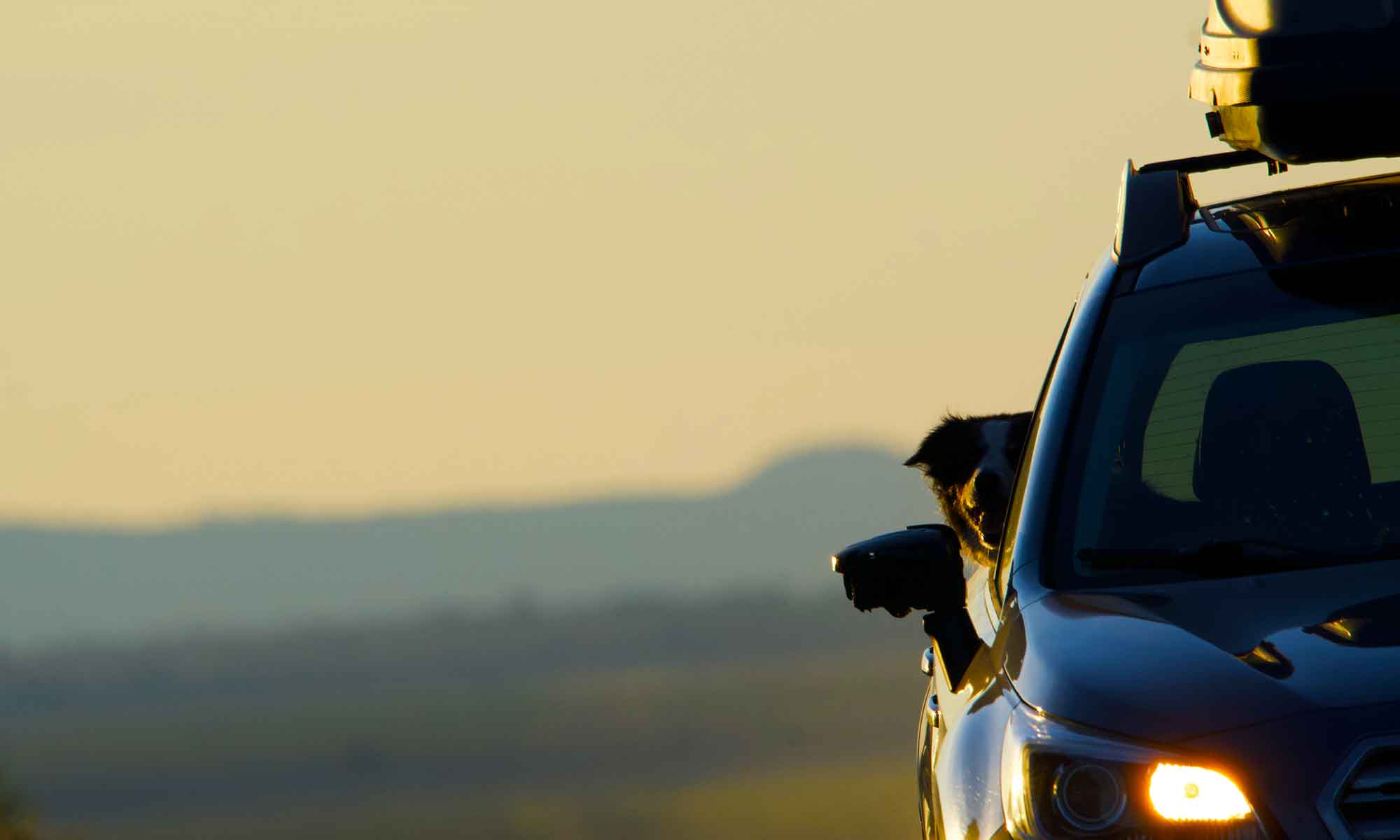
This week’s adventure focused on the Spring Basin Wilderness Study Area and our continued search for desert blooms. Cacti generally, more specifically Hedgehog Cactus, hopefully in bloom. Oregon’s high desert doesn’t support cactus like the southwest desert, however, there are prickly pear and hedgehog cacti and Spring Basin is known to have both.

The adventure starts with a drive north out of Madras and in a few miles we turn east toward Fossil. The route winds through high desert pine forests presenting an abundance of spring blossoms right along the highway. Spring Basin’s trailhead is reached by gravel road off Shaniko-Fossil Hwy just after you cross the John Day River.
 A weathered sign board in a dusty parking area with a single flat metal post designates the trailhead. There is only a bit of shade offered by a single pine tree. A gentle incline, covered in sage and native grasses, sits below basalt cliffs marking the wilderness areas outer edges. The cacti we’re looking for may be scattered along this hillside and we assume, after the trail crests the cliff, though we’ve not hiked that far up.
A weathered sign board in a dusty parking area with a single flat metal post designates the trailhead. There is only a bit of shade offered by a single pine tree. A gentle incline, covered in sage and native grasses, sits below basalt cliffs marking the wilderness areas outer edges. The cacti we’re looking for may be scattered along this hillside and we assume, after the trail crests the cliff, though we’ve not hiked that far up.
JQ hoped to get a shot of a hedghog cactus in bloom, a rare find, but was just as pleased to discover a prickly pear cactus blossom.

After Spring Basin we continue the drive east to Fossil, then turn south eventually crossing back over the John Day River and connecting with Twickenham Road. At this junction we are on the eastern edge of Sutton Mountain Wilderness study area.

Sutton Mountain’s West border runs up against the Painted Hills Unit. That side of the wilderness study area looks somewhat innocuous, just a series of sage and grass covered hills that aren’t all that mountainous.
We’ve driven the gravel road from Painted Hills to the John Day River and Burnt River Ranch. The journey on this side of Sutton Mountain offers a totally different geology.

A gravel road cuts through a canyon lined with amazing cliffs of basalt. It then drops into the John Day river valley where the deep green of irrigated fields contrasts with hillsides colored in shades of brown.

A narrow single track gravel road hugs the boundary’s now more mountain-like slopes twisting around ridges and into ravines. Eventually it flattens back out onto grazing land and connects with the Burnt Ranch Road.
Here we turn south, pass the Painted Hills unit onto Highway 26 and home.





























 At the first switch back there’s a short hike loop that runs along the canyon edge and offers spectacular views up and down the valley.
At the first switch back there’s a short hike loop that runs along the canyon edge and offers spectacular views up and down the valley.
































